Mimics of perineural tumor spread in the head and neck
- PMID: 34491810
- PMCID: PMC8631026
- DOI: 10.1259/bjr.20210099
Mimics of perineural tumor spread in the head and neck
Abstract
Perineural spread (PNS) is an important potential complication of head and neck malignancy, as it is associated with decreased survival and a higher risk of local recurrence and metastasis. There are many review articles focused on the imaging findings of PNS. However, a false-positive diagnosis of PNS can be just as harmful to the patient as an overlooked case. In this manuscript, we delineate and classify various imaging mimics of PNS. Mimics can be divided into the following categories: normal variants (including vascular structures and failed fat suppression), infections, inflammatory disease (including granulomatous disease and demyelination), neoplasms, and post-traumatic/surgical changes. Knowledge of potential mimics of PNS will prevent false-positive imaging interpretation, and enable appropriate oncologic management.
Figures



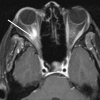
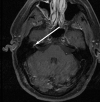
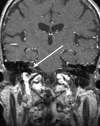





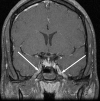
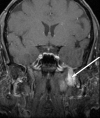




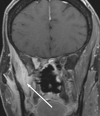
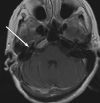
References
-
- Wild C. P, Weiderpass E, Stewart B. W. eds. World cancer report: cancer research for cancer prevention. Lyon, France: International Agency for Research on Cancer; 2020. .

